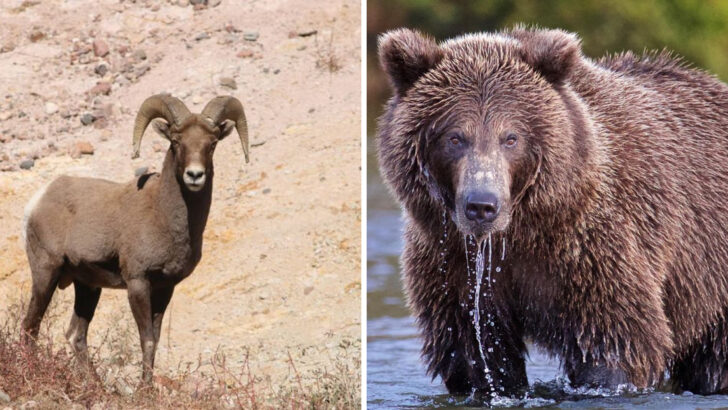Wildlife encounters can be breathtaking—or downright dangerous. In some states, running into a bear, gator, or venomous snake isn’t rare—it’s part of life. As people spread farther into wild areas, the chances of crossing paths with powerful or unpredictable animals go up. From remote trails to suburban backyards, these encounters are happening more often—and not just in the places you’d expect. Knowing where risks are highest can help you enjoy the outdoors without becoming part of the story.
Alaska
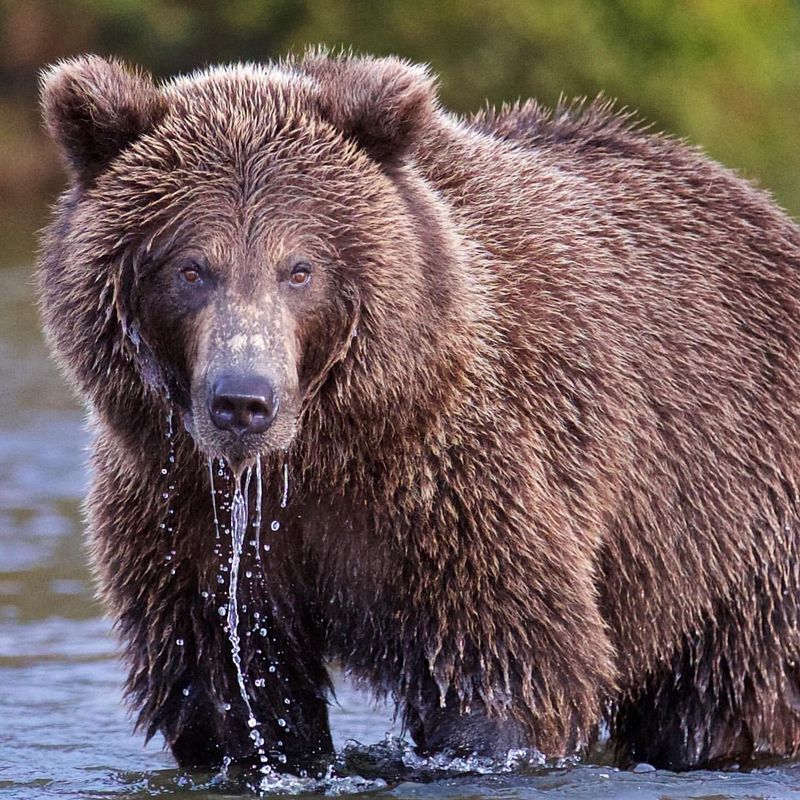
Alaska’s vast, untamed wilderness is a haven for diverse and sometimes dangerous wildlife. Grizzly bears, one of the state’s most formidable residents, are common sights in the forests and tundra. While breathtaking to observe, they demand respect and caution.
Moose, another majestic yet potentially aggressive animal, frequent roadways and residential areas, especially during mating season. Encounters can turn perilous quickly if approached too closely.
Visitors are urged to maintain a safe distance, secure all food sources, and remain alert when exploring nature. Alaska’s beauty must be enjoyed with awareness and preparedness.
Idaho
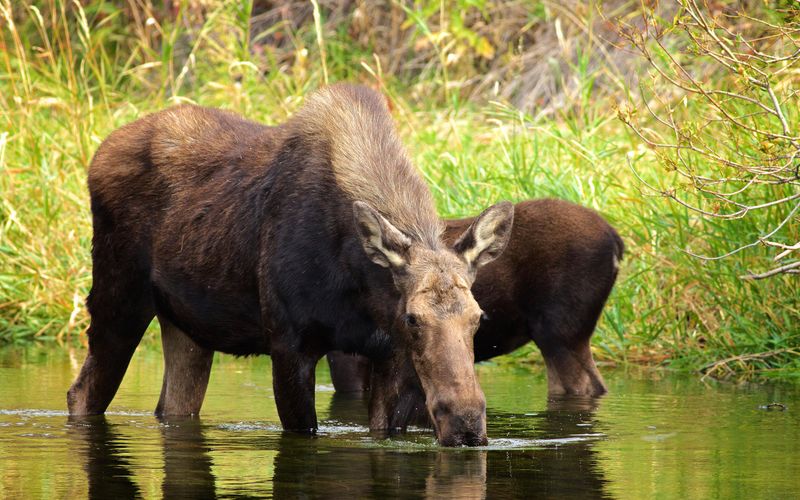
Idaho’s wilderness is a serene haven teeming with life, yet it’s the unexpected bear sightings that keep adventurers on their toes. These majestic creatures roam freely, embodying the wild spirit of the state.
With forests that seem to stretch infinitely, Idaho offers a picturesque backdrop for nature enthusiasts. However, the thrill of encountering a bear adds an edge to the peaceful facade.
A fun fact: black bears in Idaho often climb trees to escape threats, a behavior that intrigues many visitors. It’s a reminder that even in serenity, the wild holds its mysteries.
Florida
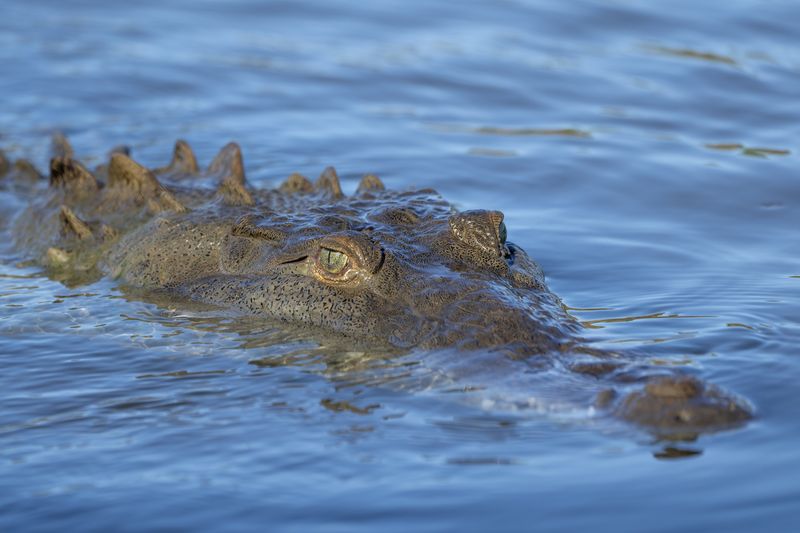
Florida is famous for its sunny beaches, but it also harbors a more dangerous side with its wildlife. Alligators thrive in the state’s many swamps and rivers, and encounters are not uncommon. These reptiles can be stealthy, lurking just beneath the water’s surface.
Snakes also call Florida home, with species like the venomous Eastern Diamondback Rattlesnake posing threats.
While exploring, keeping a respectful distance and staying on designated paths is crucial. Caution and vigilance are necessary to safely enjoy Florida’s rich biodiversity. This state offers wonders but demands respect for its wild inhabitants.
New Mexico
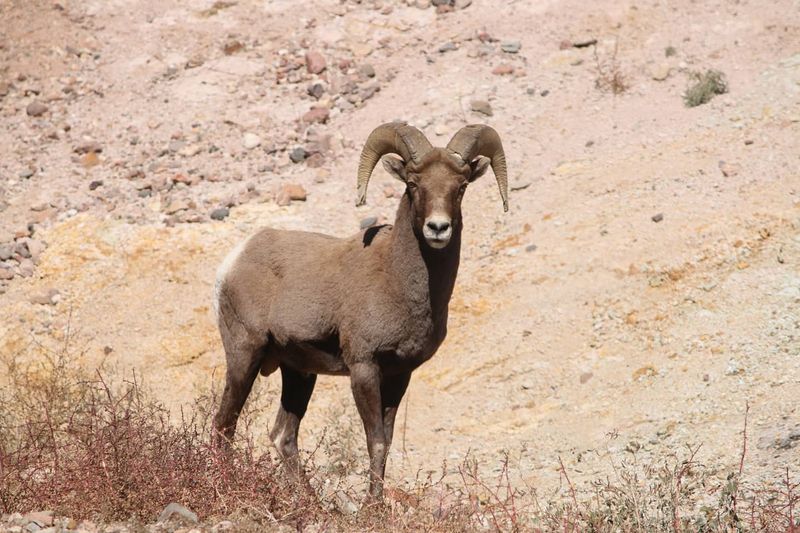
In New Mexico, the enchantment of the desert is coupled with wildlife surprises. Roadrunners dart across dusty trails, but it’s the elusive mountain lions that command respect.
Their presence adds a mysterious allure to the rugged terrain. Hikers often find themselves in awe, yet aware of the potential lurking danger.
The state’s wildlife diversity demands both admiration and caution, making it a thrilling destination for enthusiasts. Did you know these big cats can leap up to 18 feet? Such remarkable agility makes New Mexico a captivating yet cautious place for wildlife encounters.
Montana
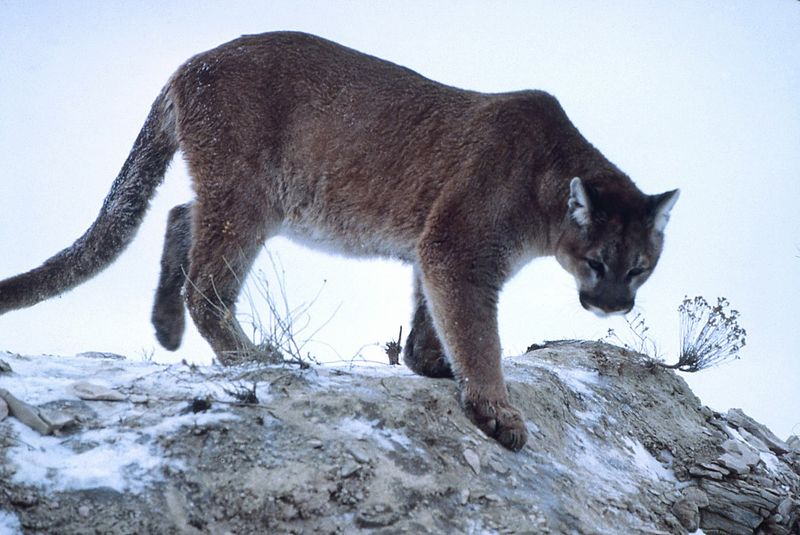
Montana’s rugged landscapes are home to a variety of wildlife, including the elusive mountain lion. These predators are rarely seen but are capable of surprising hikers and campers. Their presence adds an element of unpredictable danger in the wild.
Additionally, Montana has a significant grizzly bear population, particularly in the Glacier National Park region. These bears are known to roam freely, necessitating bear-safety protocols for those venturing outdoors.
Understanding animal behavior and carrying bear spray are essential precautions. Montana’s wildlife is awe-inspiring yet requires awareness and preparedness.
Wyoming
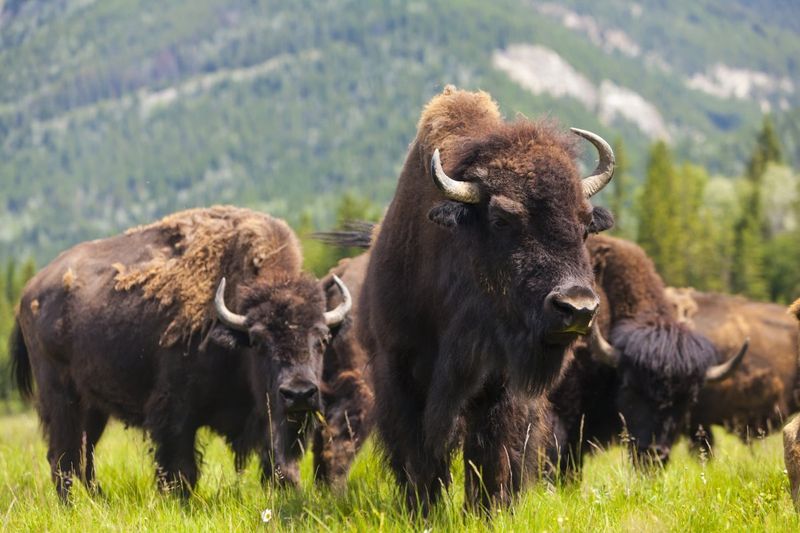
Wyoming is renowned for its natural beauty and iconic wildlife, including large bison herds. While majestic, these animals can be unpredictable and aggressive, especially if they feel threatened or cornered.
Yellowstone National Park is a hotspot for wildlife watchers but also presents risks from animals like grizzly bears and wolves. Visitors are advised to maintain a safe distance from all wildlife to avoid conflicts.
Practicing good judgment and respecting wildlife boundaries is crucial for enjoying Wyoming’s stunning landscapes. This state offers unforgettable encounters for those who act with caution and respect.
Arizona
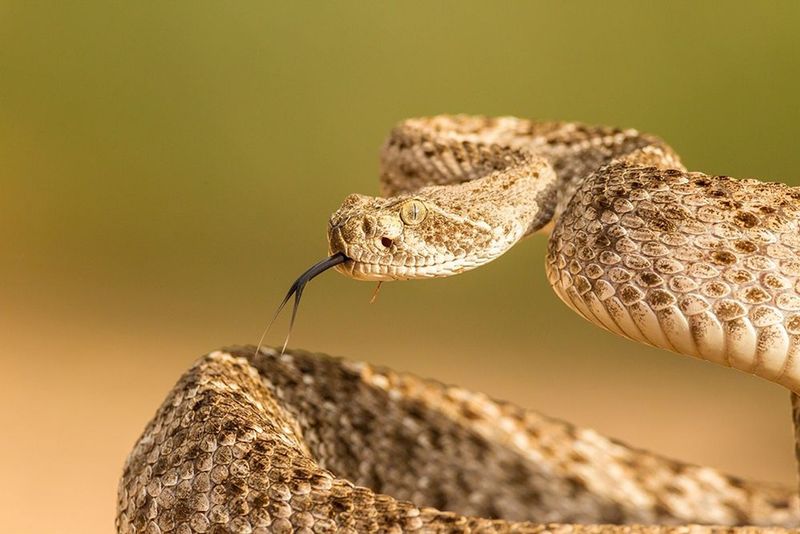
Arizona’s desert landscapes are home to creatures uniquely adapted to the harsh environment. Rattlesnakes, with their distinctive warning sounds, are common and can pose a danger to hikers and campers.
Scorpions are another concern, particularly at night when they become more active. Residents often check shoes and clothing to avoid unwanted surprises.
Respecting the desert’s challenges and wearing appropriate clothing can mitigate risks. Arizona’s wildlife adds a thrilling dimension to its stunning scenery, but awareness and preparation are key to safe exploration in this sun-drenched state.
Texas
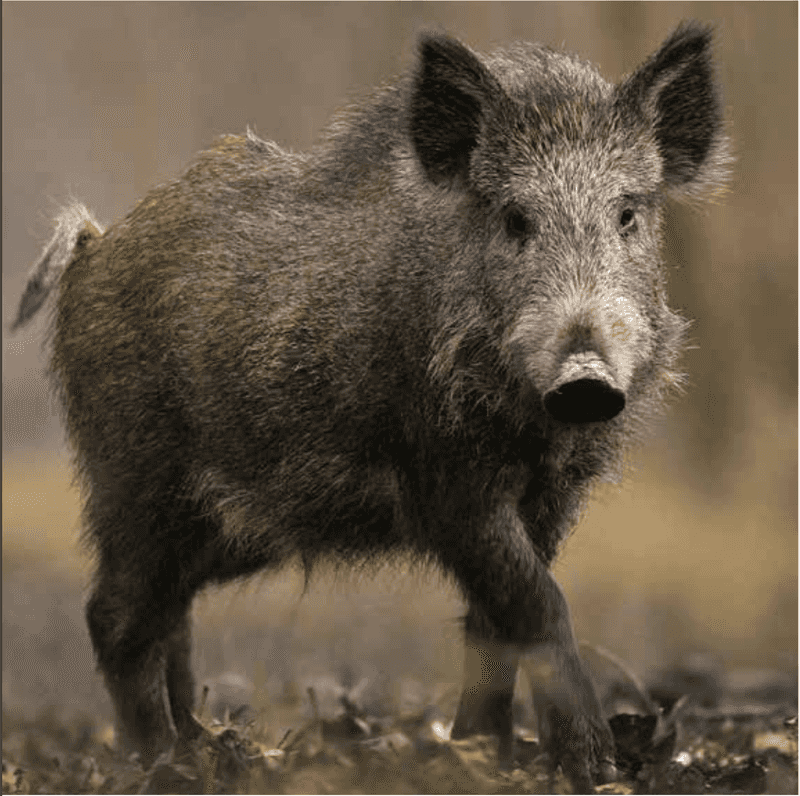
Texas boasts a wide array of wildlife, some of which are potentially dangerous. Wild boars, known for their aggressive nature, can cause significant harm if provoked. They roam rural areas, often in large groups.
Additionally, Texas is home to various venomous snakes, such as the cottonmouth and rattlesnake, which pose threats to those venturing outdoors.
Staying vigilant and knowledgeable about local wildlife habits is vital. Texans and visitors alike are encouraged to take precautions, such as wearing boots and being cautious in remote areas, to safely enjoy the Lone Star State’s natural offerings.
California
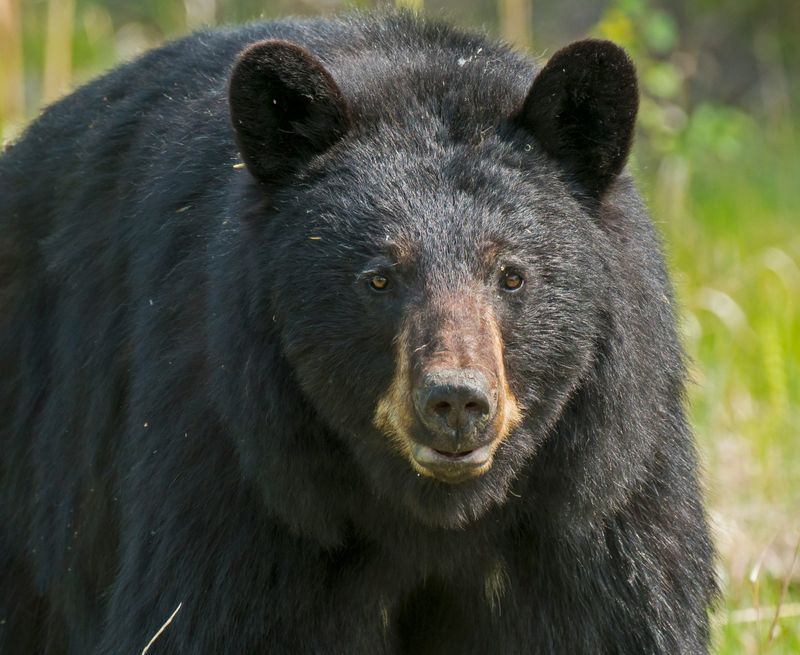
California’s diverse ecosystems host a variety of wildlife, including black bears, which are a common sight in forests and mountainous areas. These bears, while generally shy, can become bold in search of food at campsites.
Mountain lions, another resident, occasionally appear near suburban areas, presenting a rare but serious threat. Encounters require calm and assertive behavior to deter aggression.
Being mindful of wildlife signs and securing food properly are crucial for enjoying California’s natural beauty responsibly. Exploring the Golden State’s wilderness offers wonder and adventure with the right balance of caution.
Tennessee
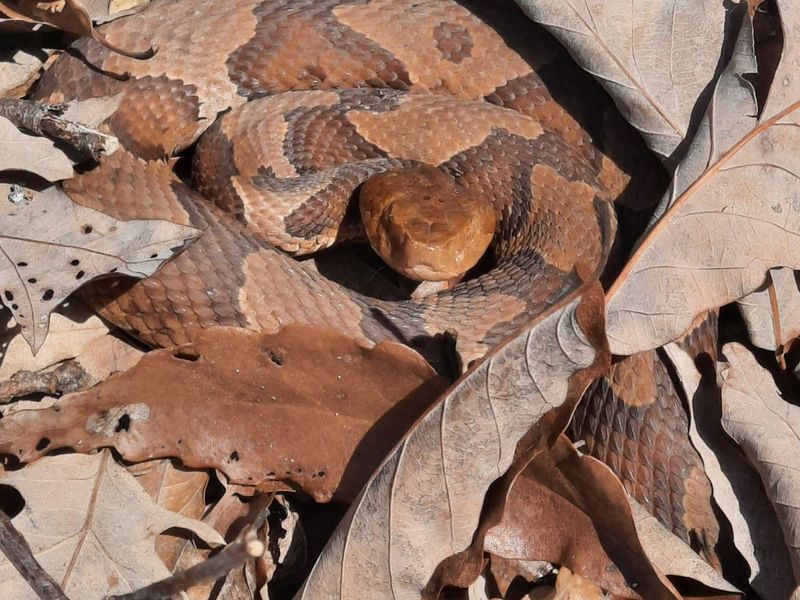
Tennessee’s lush landscapes are not without their dangers, featuring creatures like the black widow spider. These spiders prefer secluded spots and can deliver a painful bite if disturbed.
The state also hosts venomous snakes, including copperheads and rattlesnakes, which are prevalent in wooded areas. Hikers should tread carefully and be aware of their surroundings.
Taking preventive measures, such as wearing sturdy footwear and avoiding tall grasses, can minimize risks. Tennessee’s natural beauty comes with hidden threats that require respect and vigilance to fully appreciate its scenic trails and verdant landscapes.
North Carolina
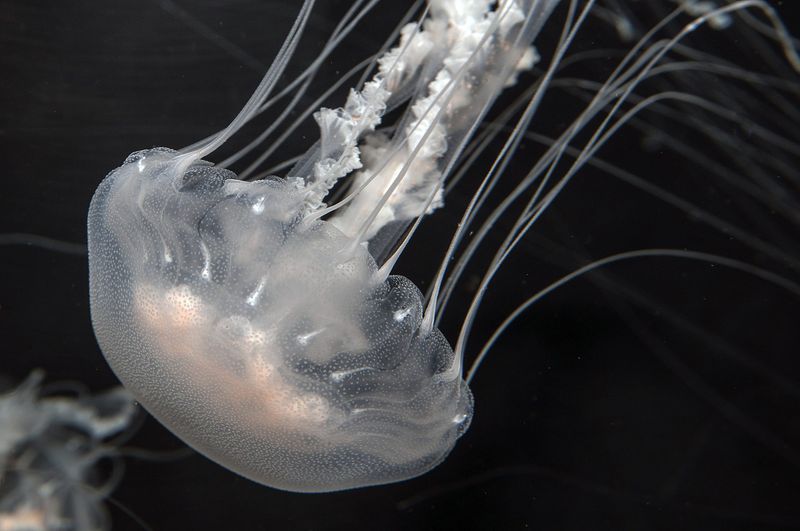
North Carolina’s coastal regions offer stunning views but also harbor marine threats like jellyfish, whose stings can cause discomfort or allergic reactions. Swimmers should be cautious and heed local warnings about jellyfish presence.
The state also features wildlife like black bears in its inland forests, particularly in the Great Smoky Mountains. These bears can be curious and sometimes venture into populated areas, requiring caution from residents and visitors.
Respect for wildlife and awareness of surroundings ensure a safe and enjoyable experience. North Carolina’s natural attractions provide beauty and intrigue, balanced with caution.
Colorado
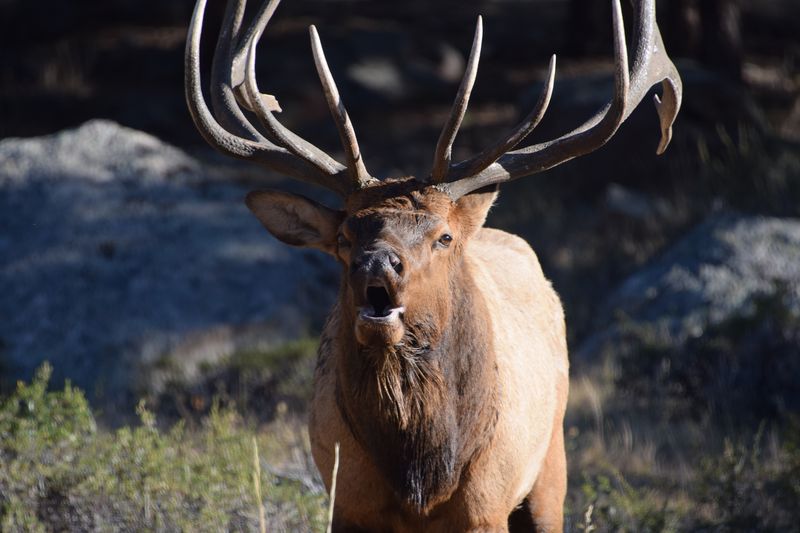
Colorado’s scenic landscapes are home to magnificent wildlife, including elk, which can be aggressive during mating season. These large animals are often spotted in national parks and require a respectful distance to avoid conflicts.
Bears also inhabit Colorado’s wilderness and can pose threats if they become accustomed to human food. Proper food storage and awareness of designated camping regulations are essential.
With the right precautions, visitors can safely enjoy Colorado’s splendid scenery. The state’s beauty is paired with responsibility, ensuring memorable adventures without compromising safety amid its wild inhabitants.
Louisiana
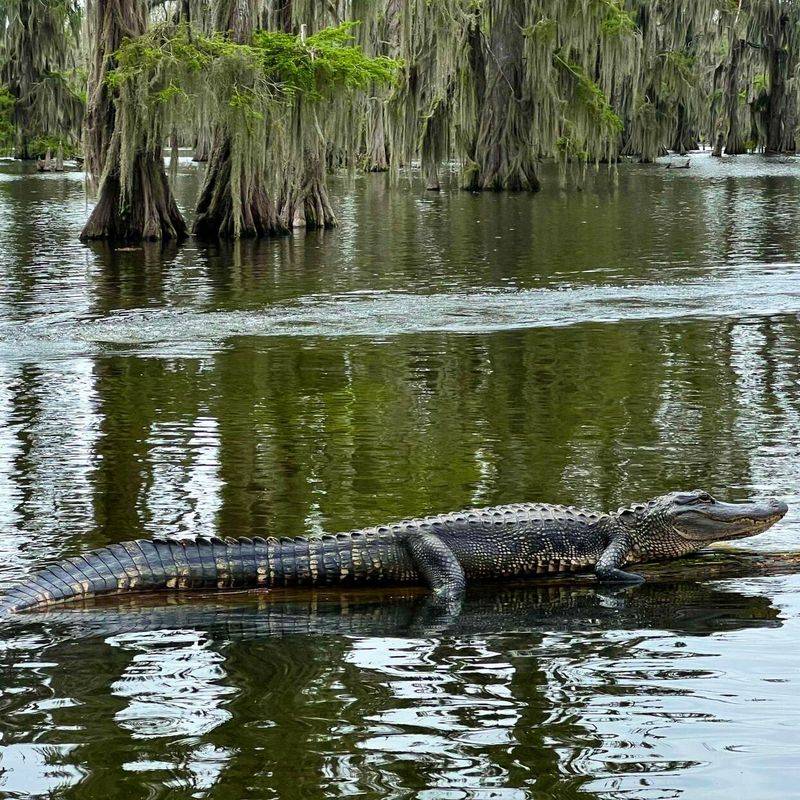
Louisiana’s bayous teem with wildlife, including the invasive nutria, which can be aggressive and damaging to local ecosystems. These large rodents are often seen near waterways.
Alligators are another common sight in Louisiana’s swamps, necessitating distance and caution when near water bodies. Their stealthy nature makes them formidable residents of the state’s wetlands.
Being mindful of surroundings and adhering to local guidelines ensure safe interactions with Louisiana’s wildlife. The state’s rich natural environment offers unique experiences, blending beauty with necessary caution to protect both people and the ecosystem.
Michigan
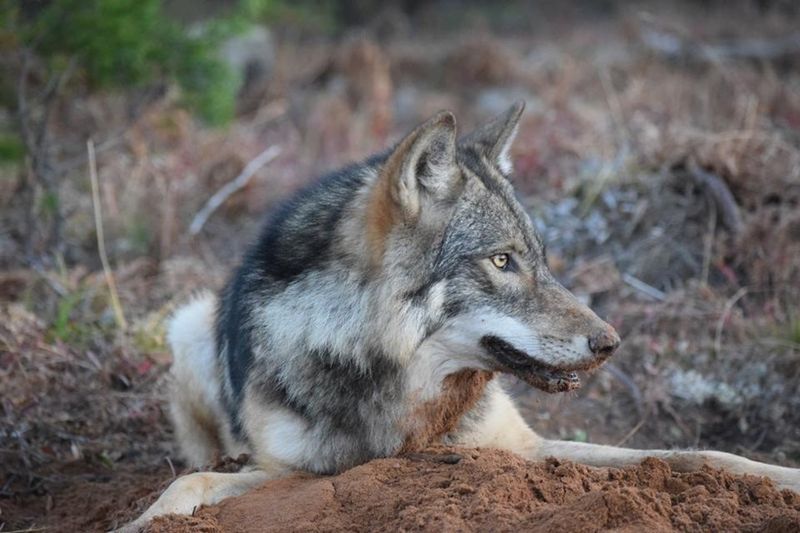
Michigan’s vast forests are home to the gray wolf, a majestic yet potentially threatening predator. While generally elusive, wolves can become bold in search of food. Understanding their behavior is crucial for safe encounters.
The state also features black bears, particularly in the Upper Peninsula, where they roam freely. These bears are curious by nature and can pose risks if food is improperly stored.
Visitors can enjoy Michigan’s wild beauty by respecting wildlife and adhering to park guidelines. The state’s natural wonders invite exploration with a mindful approach to coexistence with its animal inhabitants.
Nevada

Nevada’s arid landscapes are home to wildlife uniquely adapted to desert conditions. One of the most iconic residents is the wild mustang, known for its beauty and free spirit. While generally not a threat, these horses require space and respect.
Rattlesnakes are more concerning, often encountered in rocky terrains, necessitating vigilance when hiking or camping. Their venomous bite is a real danger in remote areas.
Understanding the desert’s challenges and preparing adequately enhances the safety and enjoyment of Nevada’s natural wonders. The state’s wildlife adds allure and adventure to its stark beauty.
Georgia
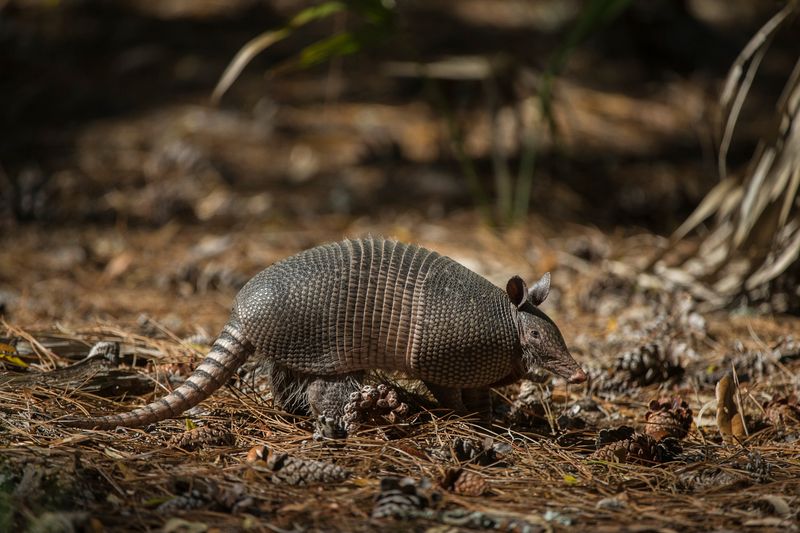
Georgia’s forests and wetlands house diverse wildlife, including the armadillo, a curious creature that can carry diseases like leprosy. While generally harmless, contact should be avoided.
The state also has a significant population of venomous snakes, such as copperheads and cottonmouths, particularly in swampy areas. Awareness and caution are vital when exploring these habitats.
Residents and visitors can safely enjoy Georgia’s natural beauty by respecting wildlife and wearing appropriate clothing. The state’s rich biodiversity offers exciting exploration opportunities, balanced with the need for caution and awareness.
Oregon
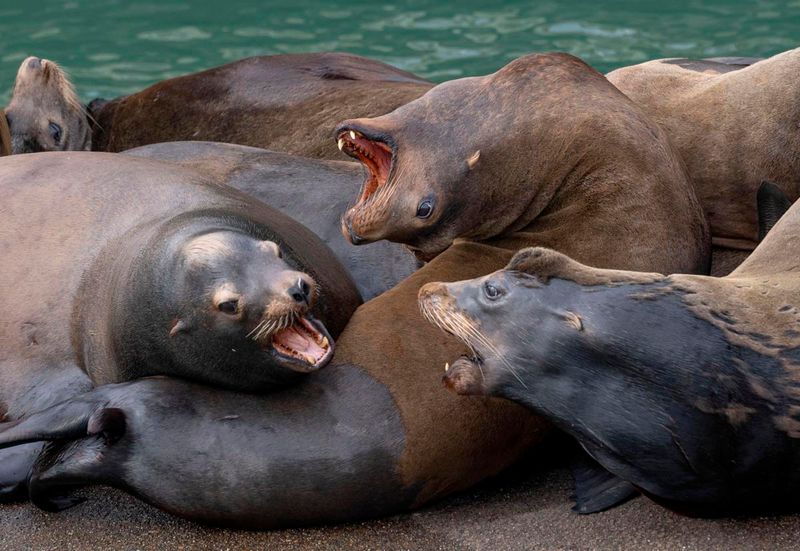
Oregon’s coastal and forested regions are home to various wildlife, including sea lions, which can be aggressive if approached too closely. Their presence is a reminder of the powerful forces of nature.
Black bears also roam Oregon’s forests, especially in the Cascade Range. Proper food storage and awareness of bear activity are crucial for outdoor safety.
Oregon offers stunning natural beauty that is best enjoyed with respect and caution. By understanding and respecting its wildlife, visitors can safely experience the state’s diverse ecosystems and breathtaking landscapes without incident.

